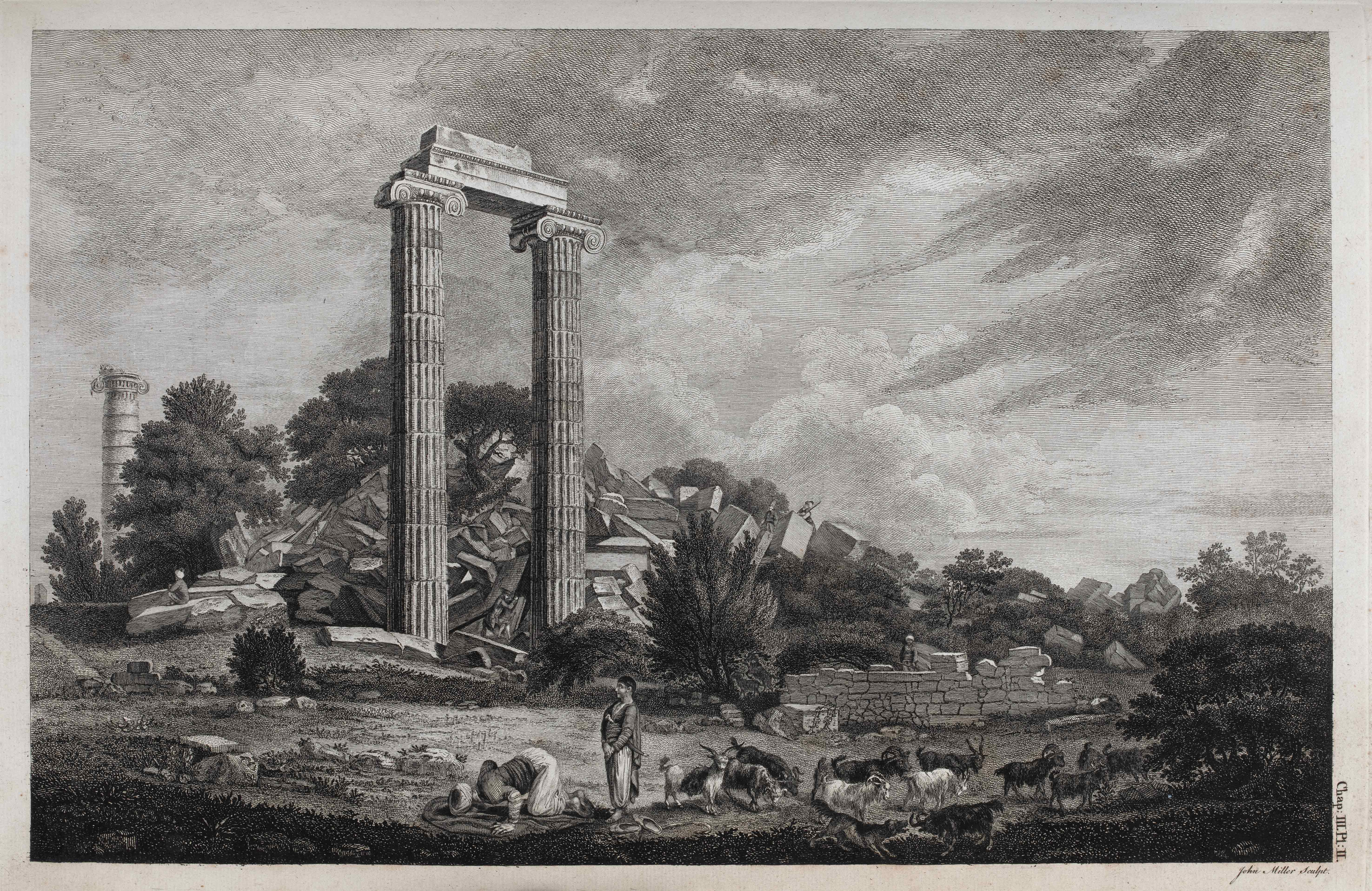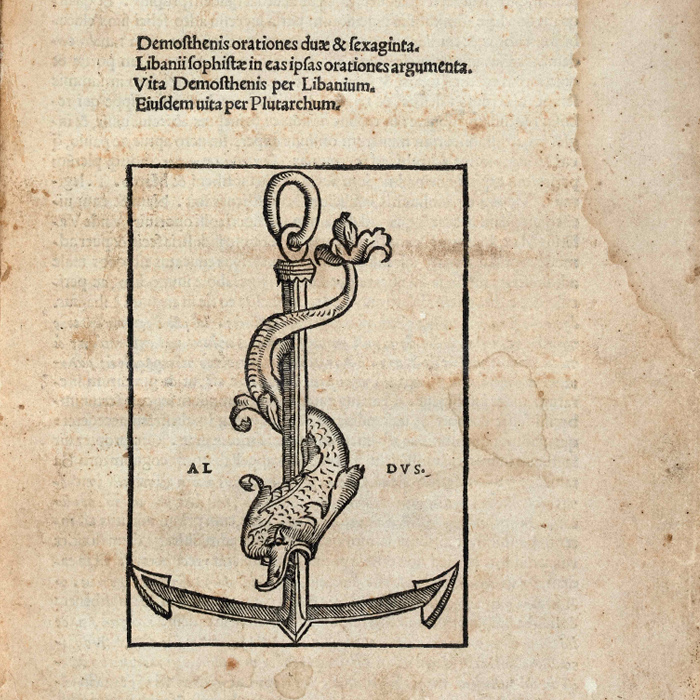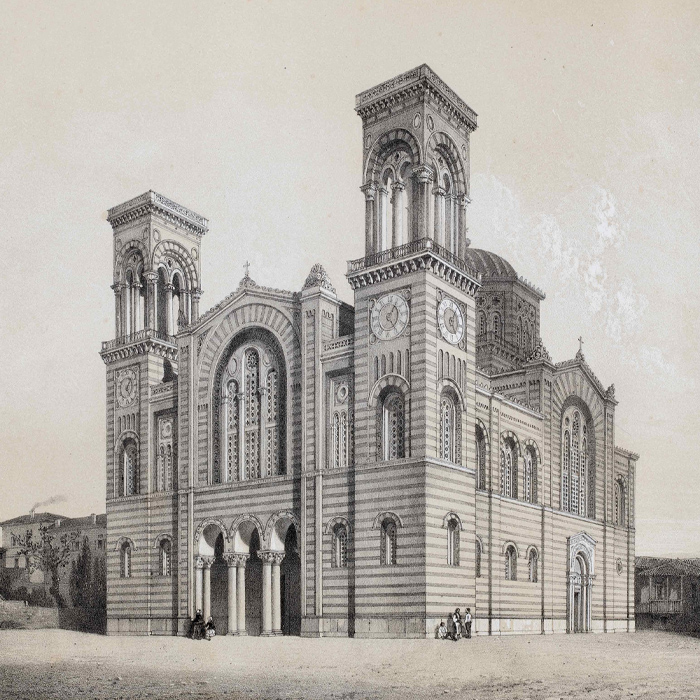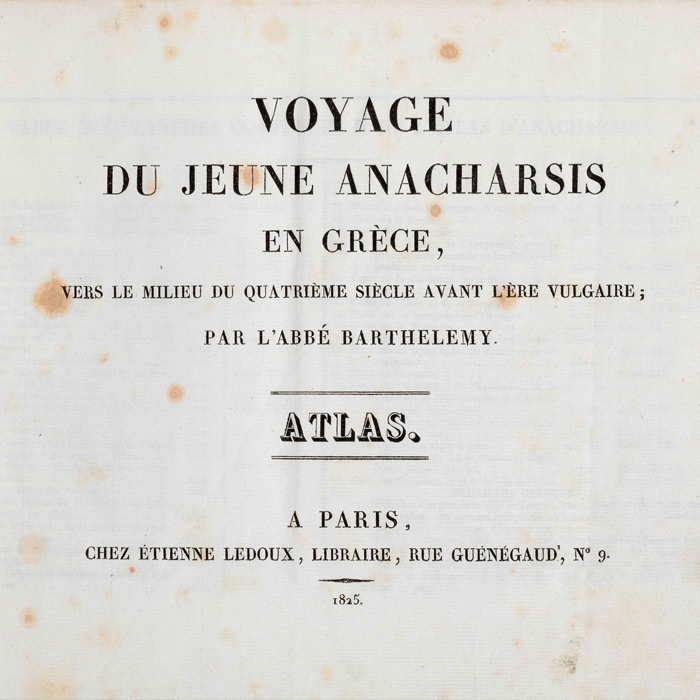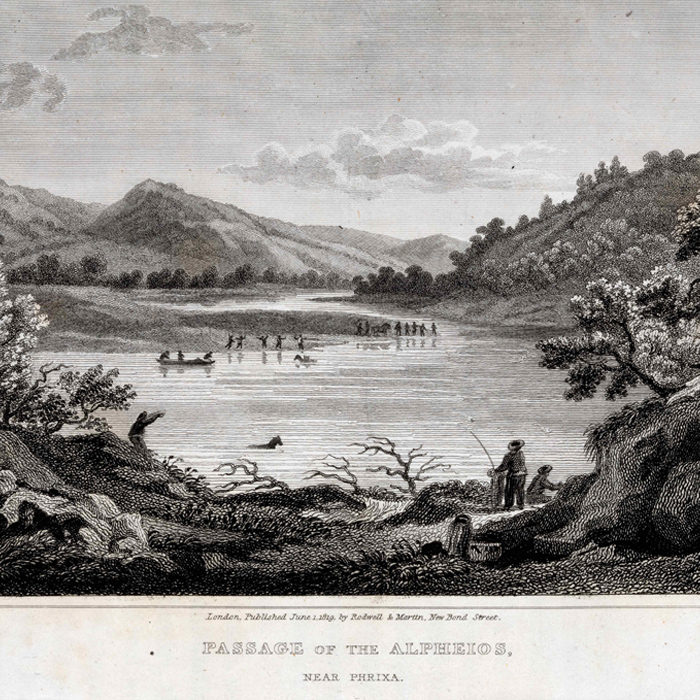Ionian Antiquities – Society of Dilettanti
The book Ionian Antiquities Published with Permission of the Society of Dilettanti features antiquities from Ionia, Asia Minor, as they stood in the 18th century. Scholar and antiquarian Richard Chandler edited the text, Nicolas Revett curated the architectural drawings, and William Pars made the paintings. The 3 artists were members of the Society of Dilettanti.
External appearance and illustrations
The book Ionian Antiquities Published with Permission of the Society of Dilettanti is 35 cm (width) x 53 cm (height). It comprises 130 pages and is in near fine condition.
It features architectural drawings and paintings from the antiquities of the Ionian Islands, accompanied by text.
An important 1st edition
The book has significant value, as it:
- Depicts the antiquities of Ionia as they stood in the 18th century.
- Is a 1st edition (1769). The 2nd edition was published in 1821, with improvements.
A mission to Ionia, Asia Minor
The 3 authors of the book Ionian Antiquities Published with Permission of the Society of Dilettanti were Greece and Asia Minor in the period 1764-1766 and recorded the antiquities of Ionia.
Scholar and antiquarian Richard Chandler edited the text, Nicolas Revett curated the architectural drawings, and William Pars made the paintings.
After the end of their mission, they travelled from Ionia to Athens, where they purchased fragments from the Parthenon metopes. The metopes were found in the courtyard of a Turkish house.
The Society of Dilettanti
The 3 artists were members of the Society of Dilettanti. The Dilettanti were a British historical society, which studied Greek and Roman antiquity. The society members included collectors, scholars and noblemen.
The society is believed to have met for the first time in 1732. The exact date is not known. Thanks to the donations of its members, the society was able to organise archaeological expeditions to Greece until 1846. Their publication on the antiquities of Ionia is believed to have influenced the neoclassicism movement in Great Britain.
The Grand Tour
Many young, wealthy aristocrats from Europe travelled around Greece (18th and 19th century). They were accompanied by friends, servants, tutors, doctors, artists and scientists. This type of travelling was called the “Grand Tour”.
In their visits to Greece, the travellers:
- Engaged in nature-watching.
- Admired ancient ruins and monuments.
- Expressed interest in native traditions and behaviours.
- Drew inspiration from Greek philosophy and were charmed by Greek mythology.
Then, the travellers would write an account of their impressions, drawing pictures and paintings of everything they had seen. However, oftentimes they also composed quite complex scientific works.
Sailing into Hellenism
The touring trend proved to be fundamental for the establishment of the modern Greek state. Hellenism, aside from a field of literary and philosophical research, became the means to revive the past. This was owing to:
- The increasingly frequent travels to Greece.
- The new archaeological discoveries.
- The quest for a more substantive and emotional relationship with the Greek present and past.
Ancient Greece: The first port of European history
The Grand Tour began as a quest of a new European identity, based on humanistic education and classical studies. The travellers had a passion for the antiquity, and followed in the footsteps of Pausanias, Herodotus, Plinius and others.
Ancient Greeks held a prominent position due to the virtues attributed to them. Moreover, they were the first and most critical link in the 3-part chain, past-present-future, of the European historical continuum.
The various approaches of antiquity were based on the common belief that history is a progressive and cumulative process: The past drives the present towards a better future.
Time travellers
The 3-part chain past-present-future is very important when interpreting travel accounts. In travel accounts, one can find:
- The present of the past, in the descriptions of the ancient monuments that stand in space and time, and provide a reason for historical references or fictional representations of historical reality.
- The present of the present, in the descriptions of the landscapes, the people and the daily activities of travelling.
- The present of the future, in the appeals for liberation, nation-building or spiritual uplifting, depending on the traveller and the time of the trip.
The Alpha Bank Rare Book Collection is not open to the public.
However, you may visit the other collections of the Alpha Bank Library.



